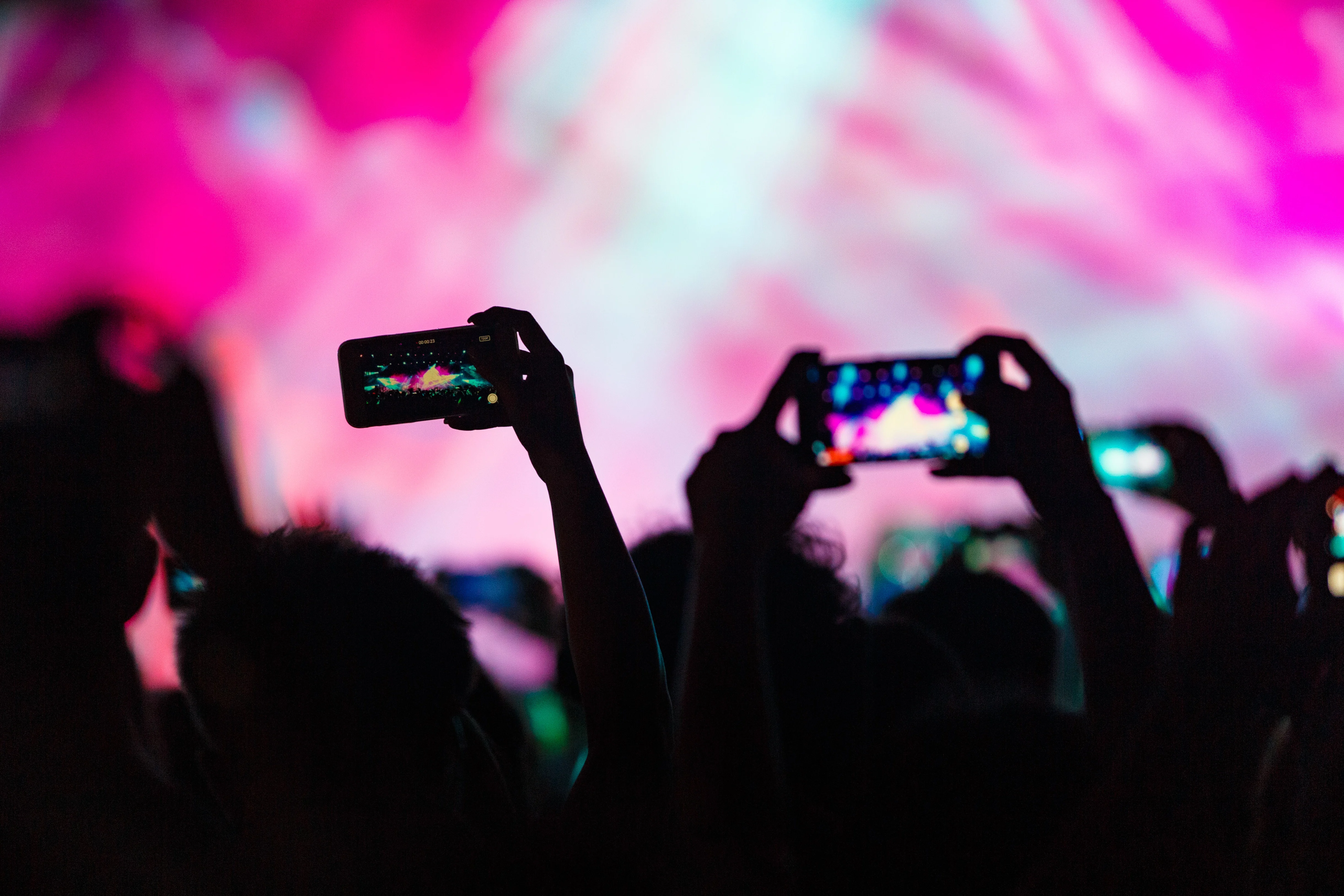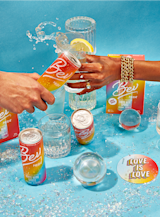
A guide to thoughtfully selecting brand colors based on color theory and the emotions each color invokes in consumers
When it comes to branding, one of the key components is your color palette. The color(s) you choose will impact customers' perception and recognition of your brand. Colors help form a deeper connection to your customer’s identity and experiences. Think of a world-class brand like Target. When you think of Target you immediately see that iconic, Target Red flash through your mind. And you can bet that shade is patented. Why? Because color is at the heart of branding, and brands like Target understand it’s these details that create a deeper brand experience. Let’s dive into what to consider when choosing your brand colors.
Primary vs Secondary
The primary color is going to be your very own Target Red. This will be the color that customers associate with your brand the most. On the other hand, secondary colors are going to play a role in your branding but not be the color you’re necessarily known for. The first step is to determine a primary color (or two)--use no more than two for your primary colors. Next, you’ll determine your secondary colors, choosing between 1 to 6. These colors will complement your primary color and create a cohesive color story that encapsulates your brand!

Factors to Consider:
Consider all your branding materials, physical and digital. What’s your aesthetic vision for the brand?
What’s your brand voice, what does your brand represent, and what emotions do you want to evoke? Check out Dream Up Your Brand Guide for more information.
Who’s your target audience and what are they drawn to?
Lastly, what symbols, concepts, feelings, and pop culture references, do you want to piggyback on to create the aura of your brand?
Take all these factors into consideration while you browse the color theory list below.
Don’t forget Differentiation.
It’s always a good idea to take a look at your competitors both for inspiration and to find ways to set yourself apart. You don’t want to confuse your brand experience with your competition. Make sure to choose a color that really stands out.
Color theory
Warm colors (red, orange, yellow, and variations of the three)
Typically energizing, passionate, positive
Using these colors in design helps to reflect passion, happiness, enthusiasm, and energy
Red
Associated with fire, violence, warfare, love, passion, Cupid, Devil, Communism, anger, importance, danger, and different things in different cultures
Can be used as an accent color, but using too much of it can be overwhelming
Brighter versions are more energetic and darker shades are more powerful/elegant
Orange
Associate with earth, autumn, change, movement, creativity, health, and vitality
Commands attention as an accent color without being as overwhelming as red
Considered more friendly and inviting
Yellow
Brightest of the warm colors
Associated with happiness, sunshine, deceit, cowardice, hope, and danger (again, different things in different cultures)
Bright yellow can lend a sense of happiness and cheerfulness
Softer yellows are used for gender-neutrality for babies and young children
Light yellows give a calmer sense of happiness than bright yellows
Dark yellows and gold-yellow can look antique and represent a sense of permanence
Cool colors (green, blue, purple, and variations of the three)
Colors of night, water, nature
Usually calming, relaxing, and more reserved, can seem more professional as well
Green
Down-to-earth, can represent new beginnings, growth, renewal, abundance, envy/jealousy, lack of experience
Can have a balancing/harmonizing/stabilizing effect
Best for designs related to wealth, stability, renewal, and nature
Brighter greens are more energizing and vibrant
Olive greens represent the natural world
Dark greens are most stable and representative of affluence
Blue
Associated with sadness, calmness, responsibility, peace, and has spiritual/religious connotations in some cultures
Light blues are refreshing and friendly, relaxed and calming
Bright blue can be energizing and refreshing
Dark blues are strong and reliable → good for corporate sites or designs where strength and reliability are important
Purple
Associated with some of the same attributes as red and purple, also associated with creativity and imagination
Dark purples are associated with wealth and royalty, luxury
Lighter purples are associated with romance and spring
Neutral colors
Often used as the background of designs, usually combined with brighter accent colors
Meanings/associations of neutral colors are more affected by the colors around them
Black
Strongest of the neutral colors
Positively associated with power, elegance, and formality
Negatively associated with evil, death, and mystery
Traditional mourning colors in many countries
Sometimes associated with rebellion and Halloween/the occult
When used as more than an accent/text color, the designs are usually edgier or very elegant
Can be conservative or modern, traditional or unconventional (depending on the colors it’s paired with)
Commonly used for typography and other functional design pieces because it’s neutral
Conveys a sense of sophistication and mystery in the design
White
Works well with any color (like black)
Associated with purity, cleanliness, virtue, weddings, healthcare, goodness, and angels (or mourning in some countries)
When used as a background, allows other colors to stand out more
Can help to convey a sense of cleanliness and simplicity
Is popular for minimalist designs
Can represent either summer or winter, depending on the other colors around it
Gray
Can be moody and depressing
Is generally conservative and formal, but can also be modern (also sometimes represents mourning)
Used a lot in corporate design because it comes off as formal and professional
Gray backgrounds and gray typographies are very common in design
Brown
Associated with the earth, wood, stone, dependability, reliability, steadfastness, earthiness, and dullness
Used as a common background color and also in wood (and some stone) textures
Can bring a feeling of warmth and wholesomeness
Beige and Tan
Can take on cool or warm tones depending on the colors around it (warmth of brown, coolness of white)
Conservative color and is usually reserved for backgrounds
Can also symbolize piety, dullness
Takes on the characteristics of the color around it, so it leaves little impression in design
Cream and Ivory
Sophisticated colors with some warmth of brown, but mostly coolness of white
Generally quiet and evoke a “sense of history”
Can lend a sense of elegance and calm
Can take on an earthy quality when paired with peach/brown
Can be used to lighten darker colors without the starkness of pure white
In addition to choosing your brand colors, don’t forget to flesh out the other aspects of your branding like defining your brand voice and vision which can be equally impactful!



